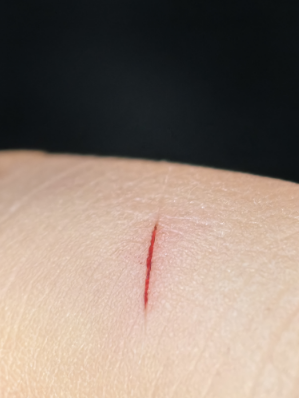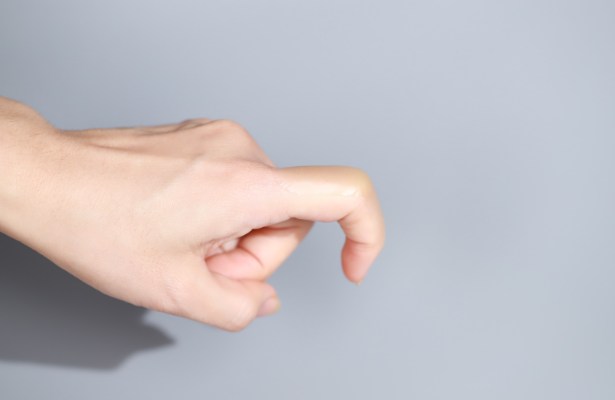Today I will tell you about common small wounds in daily life and how to care for them without leaving scars. Common small wounds are usually found on the joints and limbs. Although these small wounds are not serious, if they are not taken care of well, they will heal slowly at best and leave scars and pigmentation at worst. Therefore wound care is very important. Today, let's talk about how to deal with minor daily injuries and prevent them before they happen.
Under what circumstances do wounds heal faster?
Moist healing was first proposed by Odland in 1958. After a large number of experiments, it has been confirmed that wet-healing wounds are faster and less likely to produce scars. Wounds heal the fastest in a moist environment because a slightly humid environment can promote macrophages to phagocytose necrotic tissue; secondly, a moist environment ensures that exudate can stay on the wound surface, and exudate contains enzymes that promote "breakdown". There are also growth factors that help "renew" and white blood cells that prevent infection; in addition, the repairing stem cells can only crawl to the wound along the moist fluid. If a scab forms, the stem cells must bypass the scab.
Professional wound dressings can minimize pain, promote healing, and avoid scarring.

There are many types of wound dressings, with different ingredients and different water absorption capabilities. For example, alginate and chitosan dressings have higher water absorption than hydrocolloids and have specific and powerful healing and anti-inflammatory effects. However, from the perspective of cost-effectiveness and ease of use, we recommend hydrocolloid dressings for home use.
The advantages of hydrocolloid dressings over band-aids are: first, hydrocolloid dressings are translucent and have good invisible effects; they are waterproof to the outside and biofilm semipermeable to the inside, allowing the moisture in the wound to evaporate naturally, while wounds using band-aids often appear " It has good adhesion, can help close cracked wounds, and will not fall off even after washing the face; in addition, the hydrocolloid dressing also has good compliance and can be bent according to the shape and size of the wound, providing A more comfortable care experience. It can be used in a wide range of applications, including daily trauma, acne, and skin abrasions caused by high-heeled shoes. It can be used by both adults and children. It can be cut according to the size of the wound. Not only can it reduce pain, but most importantly, it can greatly speed up the healing process, helping everyone. Scars healed!
How should we treat small superficial wounds at home?
1. First, wash the wound and the surrounding skin with mild soap and water. Be careful not to over-wash to avoid expanding the injury.
2. Use sterile gauze to gently absorb the moisture on the wound surface and keep the wound dry.
3. Use a hydrocolloid band-aid on the wound. It can provide the wound with a slightly acidic closed space that is conducive to wound healing, speed up the healing of the wound, prevent the invasion of foreign microorganisms, and prevent wound infection.
4. Check and change dressings regularly to keep the wound clean and dry.
5. If symptoms such as redness, swelling, worsening pain, or increased exudate occur during treatment, seek medical attention in time.
For more information on Innomed® Hydrocolloid Dressing Ultra-thin, Refer to the Previous Articles. If you have customized needs, you are welcome to contact us; You Wholeheartedly. At longterm medical, we transform this data by Innovating and Developing Products that Make Life Life easier for those who need loving care.
Editor: kiki Jia
Date: February 3, 2024

 English
English عربى
عربى Español
Español русский
русский 中文简体
中文简体








